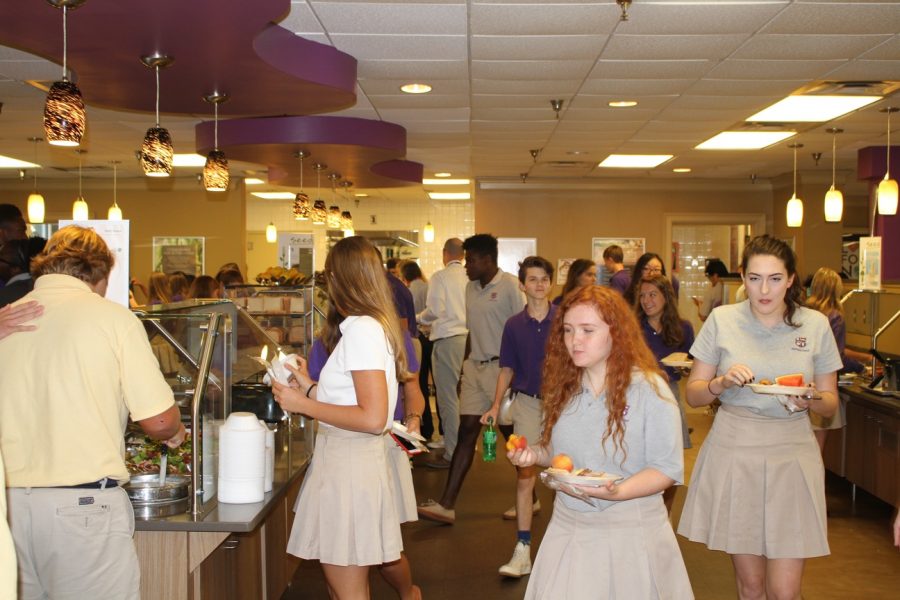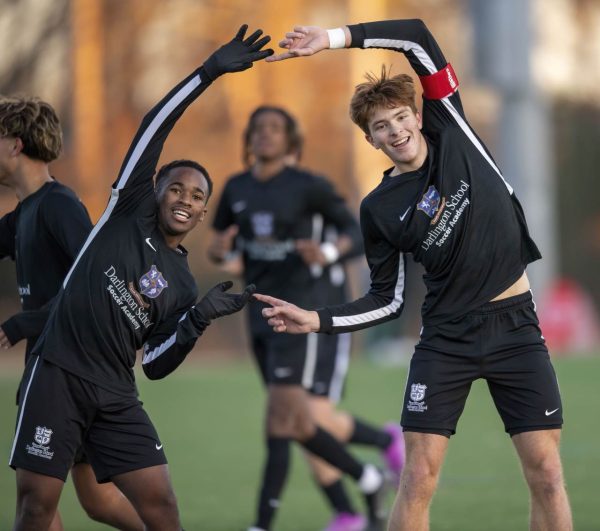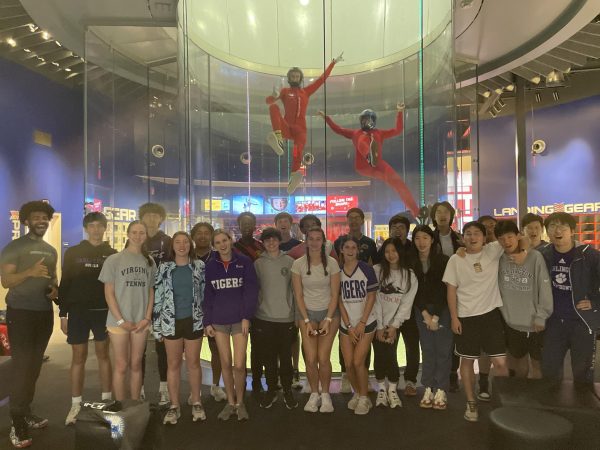Eat Between the Lines
With this year’s schedule change, our time for lunch has been formally cut by 10 minutes.
A decrease by 10 minutes seems harmless in theory, but students and adults aren’t responding well to the change.
“I don’t think it’s necessarily a bad thing to have 35 minutes to eat if the system is working as it’s designed, but it’s not. There are just a lot of long lines and crowdedness in the lunchroom,” said senior William Groover.
It takes any student around five minutes to travel to the lunchroom and the same amount of time to get to their next commitment after lunch. With this in mind, each student is realistically given 25 minutes to eat, which again, seems reasonable, but then we must take many other factors into account.
An average waiting time in one of the lunch lines is consistently between five and six minutes. After this, students must pick up silverware, drinks, extra toppings, sides, and find a seat. At this point, a student then has around 18 minutes to eat, if they’re lucky.
The lunch crew has adjusted to the time change and encourages students to relieve some of their lunchtime stress with preparation.
“To help move lines along, just know what you want when you step up to the line. Read the menus posted around the lunchroom. Maybe when kids walk in here they don’t want to see a line, so when they see one it kind of scares them off, but I really think we’re doing this quickly and getting things done to the best of our abilities,” Vicki Haney, who is a lunch staff member as well as head of breakfast and dessert service, said.
Members of our dorm community are given a bit more flexibility as far as lunch options.
“Lunch is typically my first big meal of the day, so I always make sure to eat enough for lunch. And I’m a dorm student, so if I have a problem with the timing of lunch then I have office hours or free periods before it and can go back to the dorm and eat,” sophomore dorm student Linn Arnold said.
Teachers in large part, however, have a different lunch experience.
“The culture of our school is about community and teachers being available to students throughout the day, not just during class or office hours. So, we stay behind after class to answer questions and try to get to class before it starts to open the door and answer questions, so that all takes 5 minutes off of our lu
nch at the beginning and the end. So that’s 10 minutes gone, and if lunch is only a half hour – now we have 20 minutes. And then we come in and there’s a line,” World Language Department Chair and Spanish teacher Crystal Cleveland said.
Not only does decreased time take away from food options for teachers, but a study from Washington University also finds that children who have less than 20 minutes to eat lunch tend to opt for less nutritious meals.
Cleveland went on to say, “We need 45 minutes, at least. And don’t forget – we all have to go to the bathroom at some point, too. And imagine you’re a math teacher and you’re going all the way there and all the way back. We need transition time. We need time to connect as a community, to fellowship. We would like to break bread together, not smash the bread in our faces and run out the door.”












